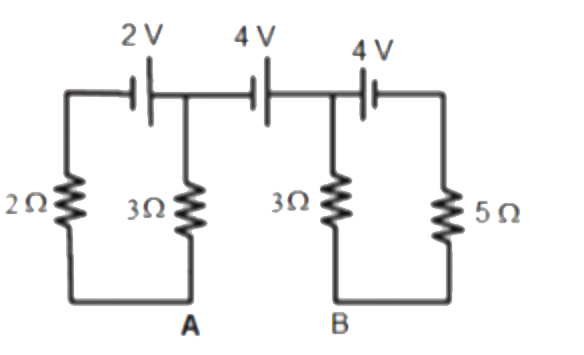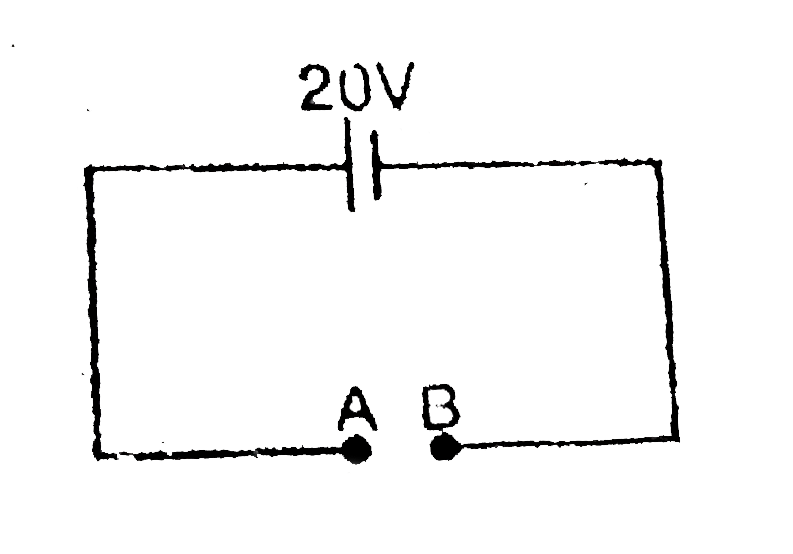Name an instrument that measures potential difference between two points in a circuit.
Difine the unit of potential difference in terms of SI unit of charge and work . Draw the
circuit symbols for a (i) veribale resisitor , (ii) a plug key which is closed one .
Two electric circutirs I and II are shown below.
(i) Which of the two circuits has more resistance?
(ii) Through which circuit more current passes?
(iii) In which circuit, the potential difference across each resistor is equal?
(iv) If R1>R2>R3, in which circuit more heat will be produced in R1 as compared to
other two resistors?
 .
.
Video Solution
Text Solution
Voltmeter measures potential difference between two points in a circuit. V=WQ
V = Potential difference, W = Work done Q = Quantity of change
V=1J1C=1 volt. The SI unit of potential different is volt.
The potential difference between two points is said to be 1 volt if 1 joule of work is
done in moving 1 coulomb of electric charge from one point to the other.
Circuit symbols of - (a) varibale resistor

(i) Circuit (I) has more resistance as the combined resistance of any number of
resistance connected in series is equal to the sun of the individual resistance.
(ii) Circuit (II)
(iii) In circuit (II) the potential difference across each resistor is equal.
(iv) If R1>R2>R3 in circuit (I) more heat will be produced in R1 as compared to other
two resistors.
|
Updated on:21/07/2023
Similar Questions
In the circuit shown in figure potential difference across
 View Solution
View SolutionState and define the S.I. unit of potential difference.
View SolutionThe potential difference between points a and b of circuits shown in figure is
 View Solution
View SolutionThe potential difference between the points A and B in the given circuit is
 View Solution
View SolutionFind the potential difference between the points A and B in the circuit shoun in.
 .View Solution
.View SolutionWhat is the potential difference between points A and B in the circuit shown?
 View Solution
View SolutionIn given circuit , the potential difference between points A and B is
 View Solution
View SolutionIn the shown circuit, what is the potential difference across A and B
 View Solution
View Solution
The potential difference between A and B in the following circuit isView SolutionTwo potential difference between A and B in the following circuit is
 View Solution
View Solution
